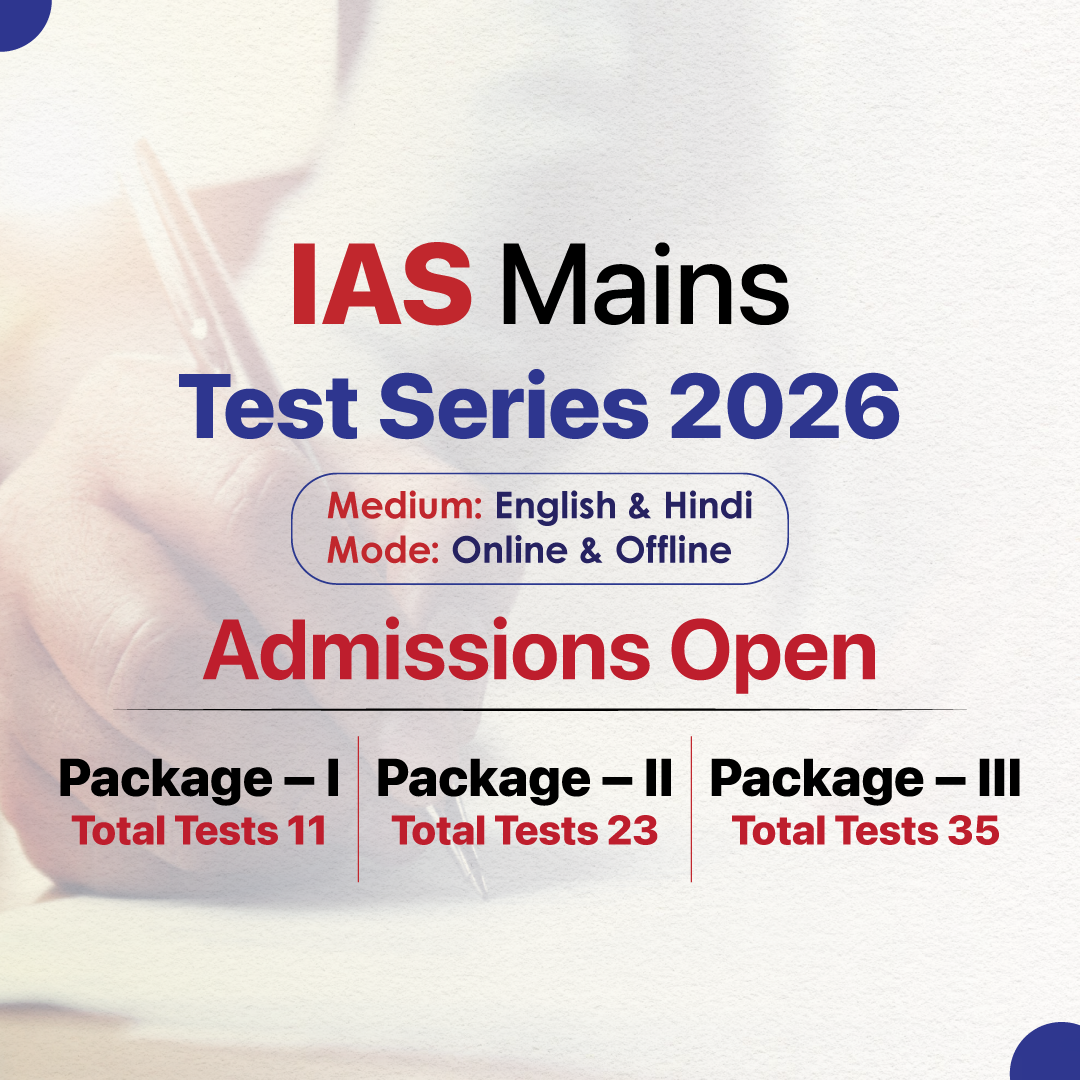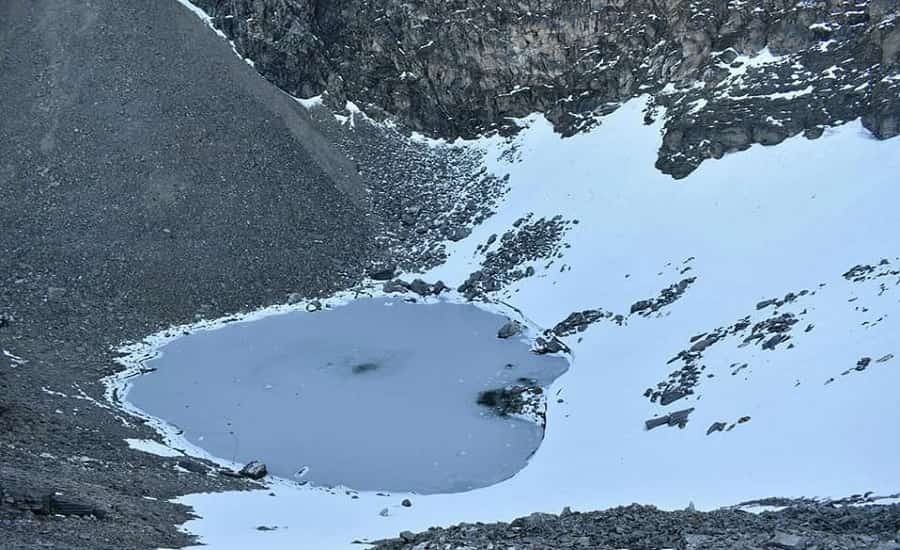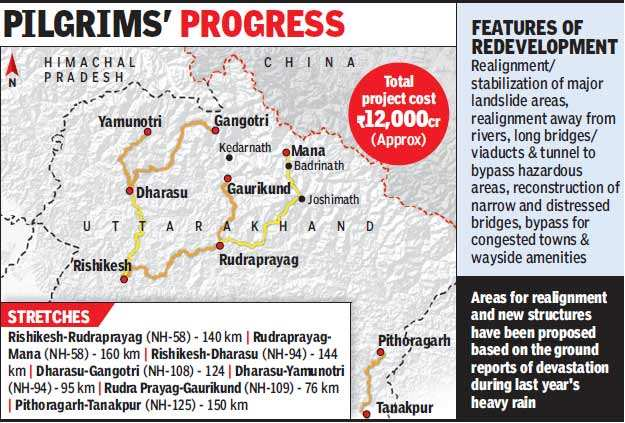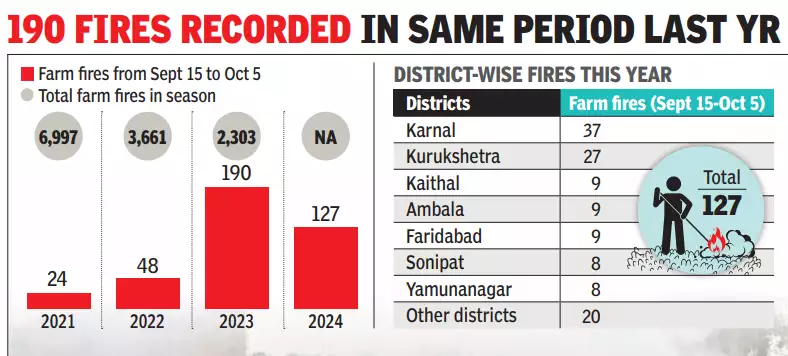Jammu & Kashmir Switch to Hindi
Omar Abdullah to Take Oath as J&K CM
Why in News?
Recently, elections were concluded in the Union Territory of Jammu & Kashmir, and a new Chief Minister is to be appointed along with the revocation of President’s Rule.
Key Points
- President's Rule Revoked:
- Following the election results, President’s Rule was revoked in J&K.
- The revocation process involves the President issuing a proclamation based on a report from the Governor or Lieutenant Governor (LG), citing that conditions for forming a government are favorable after elections.
- President's Rule:
- Article 356 of the Indian Constitution allows the President to impose direct governance (President's Rule) in a state when the state government is unable to function as per constitutional provisions.
- Governor's Role (Now LG):
- Under Article 164, the LG (previously Governor) plays a key role in inviting the leader of the majority party or coalition to form the government.
- The LG ensures the formation of a government that enjoys majority support in the legislature.
- Oath of Office:
- As per Article 164(3), the CM and other ministers are administered the oath of office by the Governor (or LG in Union Territories).
- The oath signifies allegiance to the Constitution and the discharge of duties in accordance with the law.
- Legislative Assembly’s Role:
- The newly formed Legislative Assembly in J&K, reinstated post-elections, will have the authority to enact laws, approve budgets, and represent the people of the Union Territory.
- The CM will head the executive arm of the government, accountable to the Legislative Assembly.
Uttarakhand Switch to Hindi
Roopkund Lake: In Peril Due to Climate Change
Why in News?
Recently, the famous Roopkund Lake in Uttarakhand, known for its centuries-old human skeletons, is shrinking as climate change affects its size and ecosystem.
Key Points
- Roopkund Lake:
- The skeletons found in Roopkund are believed to date back to the 9th century.
- Genetic studies indicate that these individuals came from diverse groups, including a Mediterranean lineage.
- Theories suggest they were either pilgrims or traders who perished during a sudden hailstorm, with massive hailstones being the possible cause of death.
- Scientific Studies on Roopkund's Skeletons:
- Modern research has uncovered DNA traces from multiple ethnicities, some as recent as the 19th century, suggesting Roopkund may have been visited over a prolonged period.
- Researchers believe that Roopkund was once a sacred site, and the pilgrims likely traveled long distances before meeting their demise in this isolated, high-altitude lake.
- Environmental Impact of Climate Change:
- The decline in glacier size, altered monsoon patterns, and erratic snowfall have caused a reduction in water levels at Roopkund.
- Changes in temperature and weather are affecting the region’s flora and fauna, contributing to the ecological imbalance around the lake.
- Tourism and Conservation Challenges:
- Roopkund's reduced size and environmental degradation are making it harder to preserve the lake's unique history and ecological significance.
- There are growing concerns that unchecked tourism and insufficient conservation efforts may exacerbate the damage caused by climate change.
Uttarakhand Switch to Hindi
Chardham Project in Uttarakhand
Why in News?
Recently, the Centre informed the Supreme Court that 75% of the work on the Chardham Project, designed to improve connectivity to four major pilgrimage sites in Uttarakhand, has been completed.
Key Points
- Chardham Project:
- The project involves the construction of a 900-kilometer all-weather road to provide better connectivity to Yamunotri, Gangotri, Kedarnath, and Badrinath.
- The project is strategically important as it extends to regions near the China border.
- The new highways will make travel easier and safer, especially during monsoons and winter, when the existing roads become prone to landslides and blockages.
- Oversight Committee:
- The Supreme Court had previously formed an oversight committee headed by retired Supreme Court judge Justice A.K. Sikri to address environmental concerns.
- The committee has submitted two reports to the Supreme Court, one in April 2024 and another on 27th August, 2024, assessing the project's progress and compliance with guidelines.
- Environmental Concerns and Court Orders:
- The project faced opposition due to environmental concerns related to the sensitive Himalayan ecosystem.
- In December 2021, the Supreme Court allowed double-lane widening of the Chardham Highway but placed oversight responsibilities on the Sikri-led committee to mitigate environmental damage.
- The oversight committee does not have the mandate to conduct a fresh environmental impact assessment but monitors the execution of the project.
- Support from Government Ministries:
- The committee has the complete backing of the Ministries of Defence, Road Transport, and Environment.
- The Uttarakhand Government and local district magistrates are also cooperating with the committee.
- Representatives from the National Environmental Research Institute and the Forest Research Institute (Dehradun) are part of the environmental oversight mechanism.
Haryana Switch to Hindi
Haryana’s Stubble Burning Crisis
Why in News?
Recently, a report highlights that 84% of Haryana's stubble burning cases are concentrated in just seven districts, exacerbating air pollution and environmental concerns.
Key Points
- Stubble Burning:
- 84% of Haryana’s stubble burning incidents come from seven districts.
- The highest contributors are Fatehabad, Kaithal, Karnal, Jind, Kurukshetra, Ambala, and Yamunanagar.
- These seven districts account for 1,343 of the total 1,595 farm fire incidents recorded in the current season.
- Environmental Impact:
- Stubble burning is a significant contributor to air pollution in Haryana and the Delhi-NCR region.
- The smoke from these fires exacerbates health issues and worsens the already deteriorating air quality during the winter months.
- Government Efforts:
- The Haryana government has introduced various initiatives to discourage stubble burning, including promoting alternatives like crop residue management equipment.
- Fines and incentives have been implemented to motivate farmers to adopt eco-friendly methods of disposing of crop stubble.
- Challenges Faced by Farmers:
- Many farmers continue to burn stubble due to the high costs associated with alternative methods and the limited availability of machinery.
- The short window between harvesting and sowing the next crop puts pressure on farmers, leading them to opt for the quickest solution, i.e., burning the stubble.
- Policy and Enforcement:
- Enforcement of anti-burning laws remains a challenge, despite penalties being in place for violators.
- The government has encouraged the use of Happy Seeder machines, but their adoption has been slow.
Haryana Switch to Hindi
Saras Aajeevika Mela 2024
Why in News?
- Recently, the Saras Aajeevika Mela 2024 began in Gurugram, showcasing rural products and promoting women empowerment through self-help groups (SHGs) from across India.
Key Points
- Saras Aajeevika Mela:
- Its aim is to provide a platform for rural artisans and SHG women to showcase and sell their products, including handicrafts, handlooms, organic products, and traditional foods.
- The fair is organized by the National Institute of Rural Development and Panchayati Raj.
- The mela acts as a marketing channel where rural producers can connect directly with urban consumers, helping them increase their income and expand market reach.
- The event significantly contributes to women empowerment by providing opportunities to rural women entrepreneurs to exhibit their craftsmanship on a larger scale.
- Initiatives like the Saras Mela are aligned with the government’s broader objectives of strengthening rural economies and promoting vocal for local under the vision of Atmanirbhar Bharat.
- The initiative is part of the Deendayal Antyodaya Yojana-National Rural Livelihood Mission (DAY-NRLM).
Deendayal Antyodaya Yojana-National Rural Livelihood Mission
- About:
- It is a Centrally Sponsored Programme, launched by the Ministry of Rural Development in 2011.
- It aims to eliminate rural poverty through the promotion of multiple livelihoods and improved access to financial services for the rural poor households across the country.
- Functioning:
- It involves working with community institutions through community professionals in the spirit of self-help which is a unique proposition of DAY-NRLM.
- It impacts livelihoods by
- Mobilizing rural households into SHGs.
- Organizing one-woman member from each rural poor household into SHGs
- Providing training and capacity building to SHG members
- Providing access to financial resources from their own institutions and banks.
- Sub Programs:
- Mahila Kisan Shashaktikaran Pariyojana (MKSP): It aims to promote agro-ecological practices that increase women farmers’ income and reduce their input costs and risks.
- Start-Up Village Entrepreneurship Programme (SVEP): It aims to support entrepreneurs in rural areas to set up local enterprises.
- Aajeevika Grameen Express Yojana (AGEY): It was launched in August 2017, to provide safe, affordable and community monitored rural transport services to connect remote rural villages.
- Deendayal Upadhyaya Grameen Kaushalya Yojana (DDUGKY): It aims at building placement-linked skills of the rural youth and placing them in relatively higher wage employment sectors of the economy.
- Rural Self Employment Institutes (RSETIs): DAY-NRLM, in partnership with 31 Banks and State Governments, is supporting Rural Self Employment Institutes (RSETIs) for skilling rural youth to take up gainful self-employment.


.png)








.png)


.jpg)



 PCS Parikshan
PCS Parikshan





